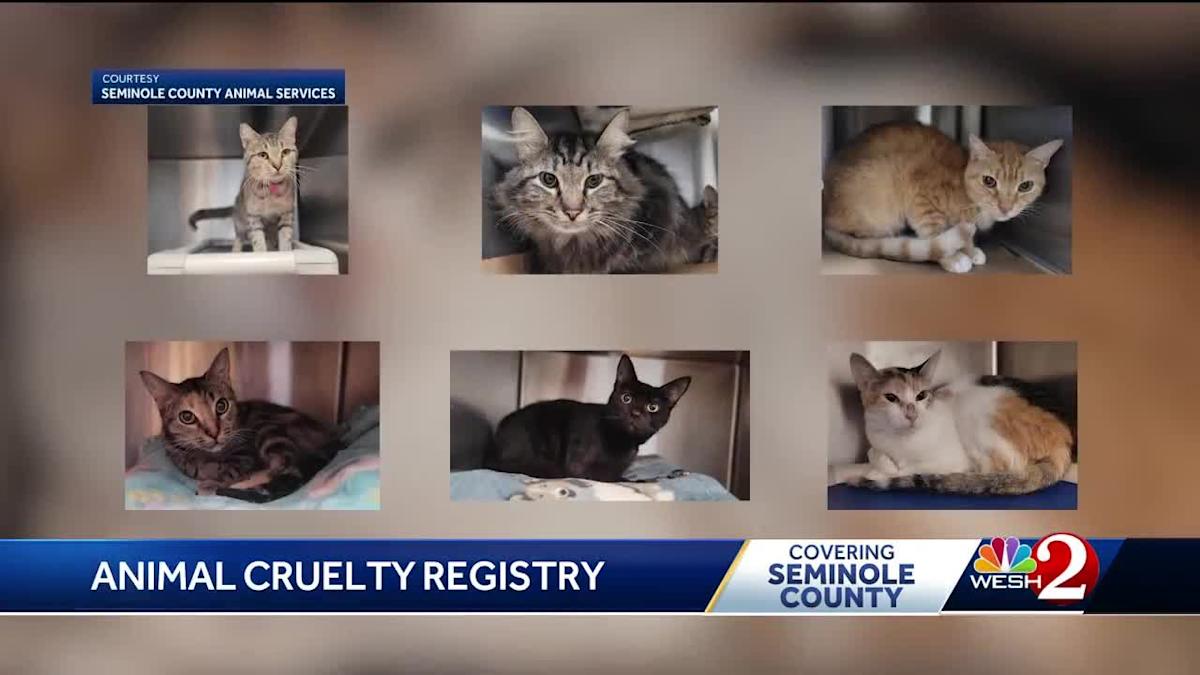The disconcerting phenomenon of animal cruelty continues to garner significant attention across the United States. As public outrage mounts over the abhorrent treatment of animals, the concept of an animal cruelty registry surfaces as a potential solution to mitigate these acts and achieve justice for our vulnerable companions. Yet, the establishment of such registries invites a multitude of inquiries: Can they be an effective tool in the fight against animal cruelty, or do they suffer from potential overreach and implications that may outweigh their benefits?
To understand the current landscape, we must first delineate the historical context of animal cruelty laws in the U.S. Animal cruelty, defined broadly, encompasses a range of heinous acts committed against animals, including neglect, physical abuse, and exploitation. Traditionally, states have addressed these issues through an array of statutes aimed at punishing offenders. Enforcement, however, remains uneven and often insufficient, raising the question of whether a centralized tracking system, such as a registry, could bolster these inadequate measures.
A growing number of jurisdictions have initiated discussions and movements toward implementing animal cruelty registries. These registries would operate similarly to sex offender registries—designating individuals who have previously been convicted of animal cruelty offenses. The proponents advocate that such listings could serve as a deterrent, reducing reoffending rates and helping to protect animals from further harm. Communities could evaluate potential adopters, buyers, or caretakers against this data, ideally fostering a safer environment for animals.
Yet, while the rationale behind animal cruelty registries resonates with many, it is illuminating to delve into the complexities surrounding their implementation. Ethical and legal considerations abound, raising dilemmas that necessitate thorough exploration. Critics argue that categorizing individuals on a public registry could potentially result in social stigmatization, hindering rehabilitation and reintegration into society. The imposition of a label may deter individuals from seeking help for their behavioral issues, potentially exacerbating the cycle of violence and neglect. In this sense, the very mechanisms designed to shield animals could unwittingly perpetuate their suffering.
The question of accuracy and accountability also surfaces. To create a meaningful and just registry, meticulous record-keeping and data management would be paramount. Incidences of wrongful conviction and the complexities of human behavior pose formidable challenges. What happens if an individual is placed on the registry due to an isolated incident of mishandling? Or if a well-intentioned guardian is misinterpreted as a perpetrator? The stakes are high, and the margin for error, perilously narrow.
Moreover, an examination of motivation reveals deeper societal issues at play. Animal cruelty is frequently symptomatic of broader behavioral and psychological conditions. Much of the cruelty stems from ignorance, economic distress, or unhealthy cycles of abuse. While the registry may address the symptoms, it seems necessary to consider comprehensive strategies that promote education, empathy, and compassion toward animals as a means to preclude cruelty before it occurs. Community awareness programs, training opportunities for pet ownership, and accessible veterinary care are a few proactive approaches that could cultivate a culture of respect for animal life.
The lure of registries stems not only from a desire for justice but also from a deep-rooted societal fascination with control and punishment. Understanding the psychological allure of a registry exposes an almost voyeuristic interest in the punishment of wrongdoers. Perhaps, in a society grappling with moral dilemmas, the impulse to catalog and classify transgressors affords a sense of order and security, as if society can reclaim dominance over these appalling acts of violence. Yet, the implications of this fascination warrant critical introspection.
Beyond individual convictions and data aggregation, there lies an ethical responsibility to scrutinize the broader implications of an animal cruelty registry. Would the establishment inadvertently shift the focus of justice from the lived experiences of affected animals to a bureaucratic obsession with listing offenders? The potential for exploitation and misuse of this tool, either in the hands of untrained individuals or malicious entities, looms large. As in any moral quandary, the need for balance emerges. How can one ensure justice without infringing upon human dignity?
Some advocates are promoting the idea of rehabilitation over punishment as a more constructive approach to addressing animal cruelty. This paradigm shift emphasizes educational programs and alternative interventions designed to assist offenders in overcoming the underlying reasons for their behavior. By identifying and addressing root causes, the cycle of violence against animals might be lessened and the overall incidence of cruelty could diminish over time.
In conclusion, while the notion of an animal cruelty registry may resonate as a feasible tool for justice, it prompts urgent deliberation on its ethical ramifications. As society strives to eradicate cruelty toward animals, we must weigh the benefits against the potential risks of creating a system that could lead to overreach or further stigmatization. Ultimately, the vision extends beyond punitive measures to fostering a society that values compassion, understanding, and respect for all living beings. The future of animal welfare hinges upon our collective ability to negotiate these intricacies and craft solutions that embody not only justice but also kindness.








